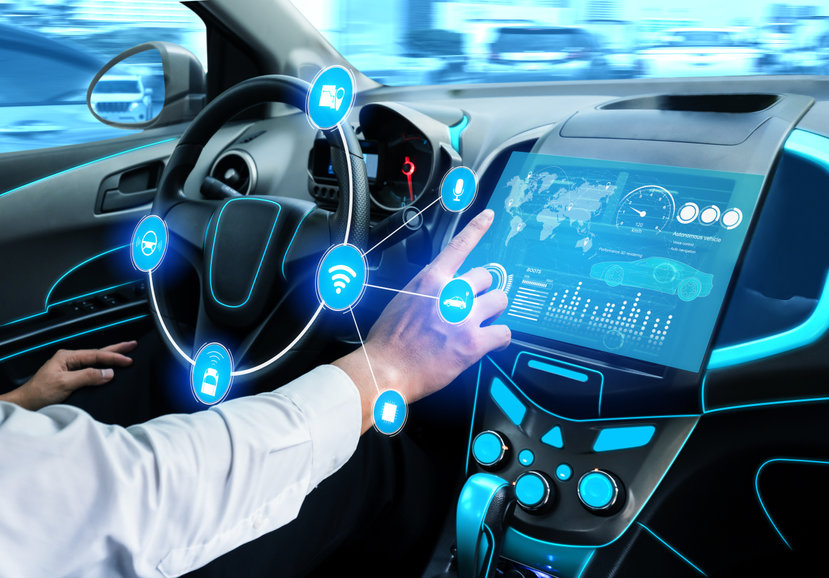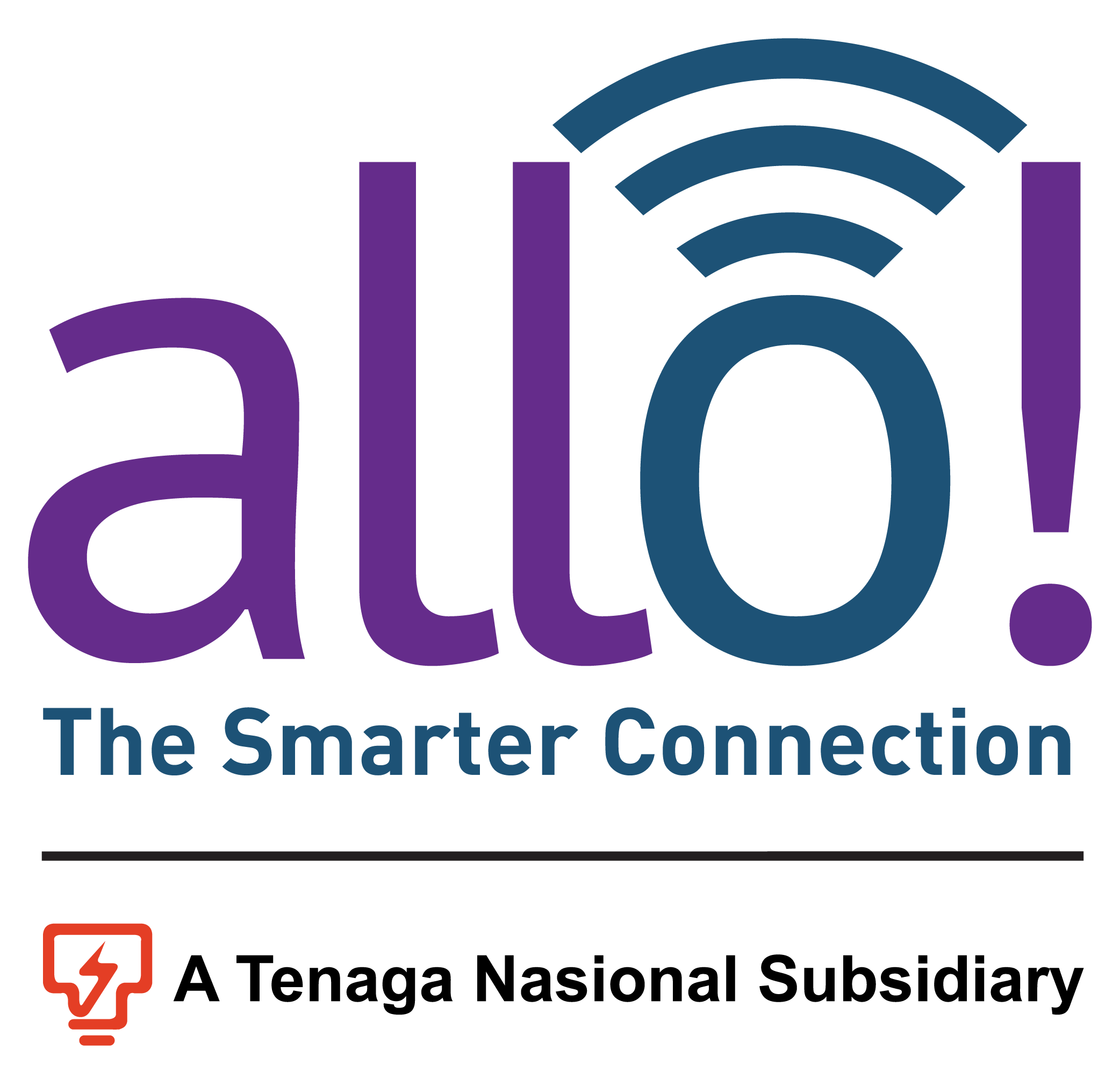BLOG
Why Connectivity is The Future of Transportation

It’s 2022, and we live in a connected world. We can communicate because of the robust virtual channels that help us conduct everything. Connectivity permeates every sector of the global economy, from allowing us to work remotely and receive healthcare at a distance to strengthening supply chains and supporting transportation.
Technological advancements and the transition to the Internet of Things (IoT) have significantly improved our connectivity and quality of life. That intelligent connection between people, processes, and data is at the centre of our mobility and is sure to shape the future of transport.
Connectivity can optimise transportation, improve customer experience, and create new economic growth opportunities. This blog explores the trends and innovations promising to revolutionise the future of transport and how reliable connectivity infrastructure is critical to that future.
Connected Vehicles
Connected vehicles connect to an external network like GPS, Bluetooth, an internal sim, a phone, or the internet. Owners can connect with their car and communicate with it when away, usually through a phone app. The connection enables several functions such as using in-car assistants like Amazon Alexa, connecting to the vehicle’s radio, starting the car remotely, and receiving traffic updates.
Current technologies powering connected vehicles include:
- GPS
- Central computer with a data processing system and a user interface
- Driver assistance sensors such as high-precision 360° vision technologies or advanced driver assistance system (ADAS)
- Wireless communication
Technology advancements such as 5G-enabled connections will make vehicles integrated, fully connected hubs. Therefore, vehicle-to-vehicle (V2V) connected technologies will enable communication between cars to share journey information like the speed limit, traffic, and road conditions.
Connected vehicles have many other benefits, including improved road safety, enhanced human experience, reduced emissions, and maximised fuel economy. They will also advance public transport through fleet management. Here, detailed operational information for rail and bus can optimise operations and performance and offer more sustainable mobility.
Smart, Self-Driving, and Autonomous Vehicles
A smart or intelligent car is a vehicle equipped with a system-driven form of artificial intelligence. The underlying concept is a connected vehicle that frees the driver from some of the mundane driving tasks, making the act more pleasant. Proponents of intelligent vehicles believe that relieving drivers of part of the decision-making process will help make roads safer than they are today.
There is a difference between connected, smart, autonomous, self-driving, and automated vehicles:
- Connected vehicles: Connected vehicles connect to an external network like GPS, Bluetooth, a phone, or the internet. They also have data transmission technology like IoT.
- Smart or intelligent vehicle: A smart or intelligent car comes equipped with a system-driven form of artificial intelligence.
- Self-driving car: It’s a vehicle capable of driving itself in some or all situations but requires a human passenger present and ready to assume control. It falls under Level 3 or Level 4, meaning “conditional driving automation” and “high-driving automation,” respectively.
- Automated vehicle: It’s a vehicle that can drive itself but always follows programmed orders, so it’s not fully independent.
- Autonomous vehicle: It’s a fully self-aware vehicle capable of making independent choices.
For example, (when differentiating between automated and autonomous vehicles) you could get into your car and say, “drive me to work.” An automated vehicle will take you straight to work as instructed, but an autonomous vehicle may decide to take you to the beach because it’s a weekend and the sun is out.
Autonomous vehicles rely on complex algorithms, sensors, machine learning systems, powerful processors, and actuators to execute software. They can create, maintain, and update a map of their surroundings based on various sensors situated throughout the car, such as radar sensors, video cameras, lidar (light detection and ranging technology), and ultrasonic sensors.

How Reliable Connectivity Infrastructure Helps Capitalise on these Benefits
Intelligent connectivity transforms the world in all sectors, including transportation and mobility networks connecting places worldwide. Technological advancements such as 5G, artificial intelligence, machine learning, and IoT have made disruptive connectivity services possible.
For example, we are already using GPS for navigation to give us alternative routes in real-time after receiving traffic information. We also use apps like Waze and Google Maps on our smartphones to integrate data and improve our connectivity on the road.
Robust and reliable connectivity has made network readiness a primary concern. Transport operators must ensure that network changes or failures will not affect or disrupt performance and quality. Additionally, the network of choice can support the wireless standards, and other connectivity requirements vehicle manufacturers and operators utilise to provide extreme coverage.
The rise of intelligent and self-driving vehicles promises to revolutionise the transport sector and disrupt the future of transportation. Additionally, the rise of IoT devices connected to and working with V2X wireless communications will usher in a new transportation era.
Therefore, the future of transportation is a reliable connectivity infrastructure that allows industry players to capitalise on the gains and benefits of smart and autonomous vehicles.
New and future vehicles, and the entire transportation sector, will only be as robust as their foundation. Vehicle electronic innovations that use precise tests and measurements are vital in delivering safe and reliable autonomous driving. However, everything relies on the correct connectivity infrastructure to thrive.
Stay Connected with Allo Technology
We are currently witnessing the evolution of connectivity in all spheres of life. The future of transport connectivity is bright, bolstered by real-time data collection, advanced transport management systems, autonomous vehicle technology, and robust transport infrastructure.
At Allo Technology, we understand that transport is no longer getting from point A to B. It’s about the experience and connection along the way and changing how the world moves. We remain committed to providing businesses in the transportation sector with the connectivity tools and infrastructure they need to implement their operations in and outside of Cyberjaya, Malaysia.
